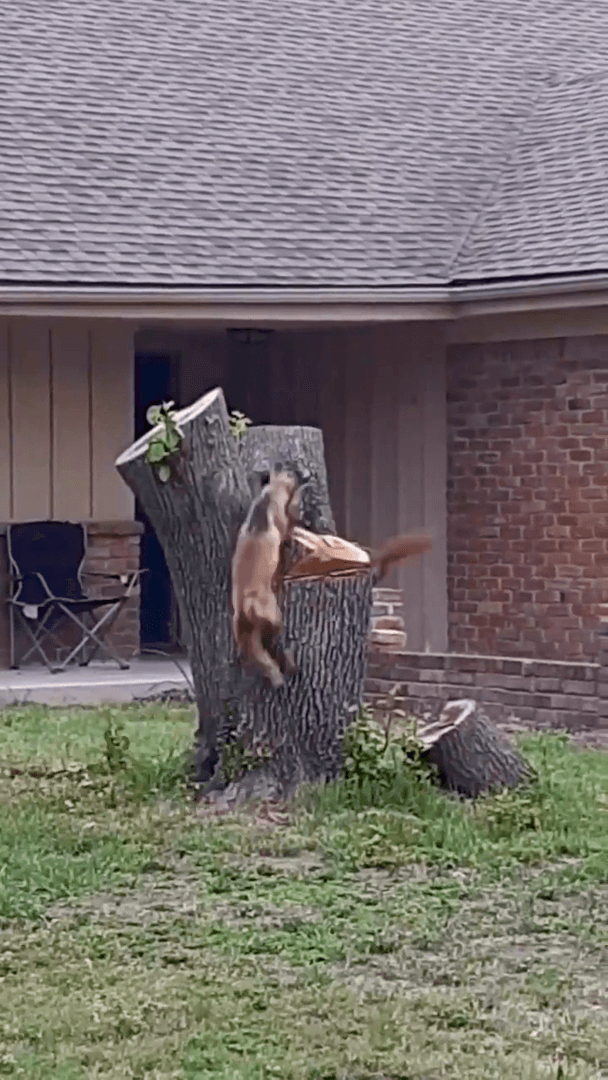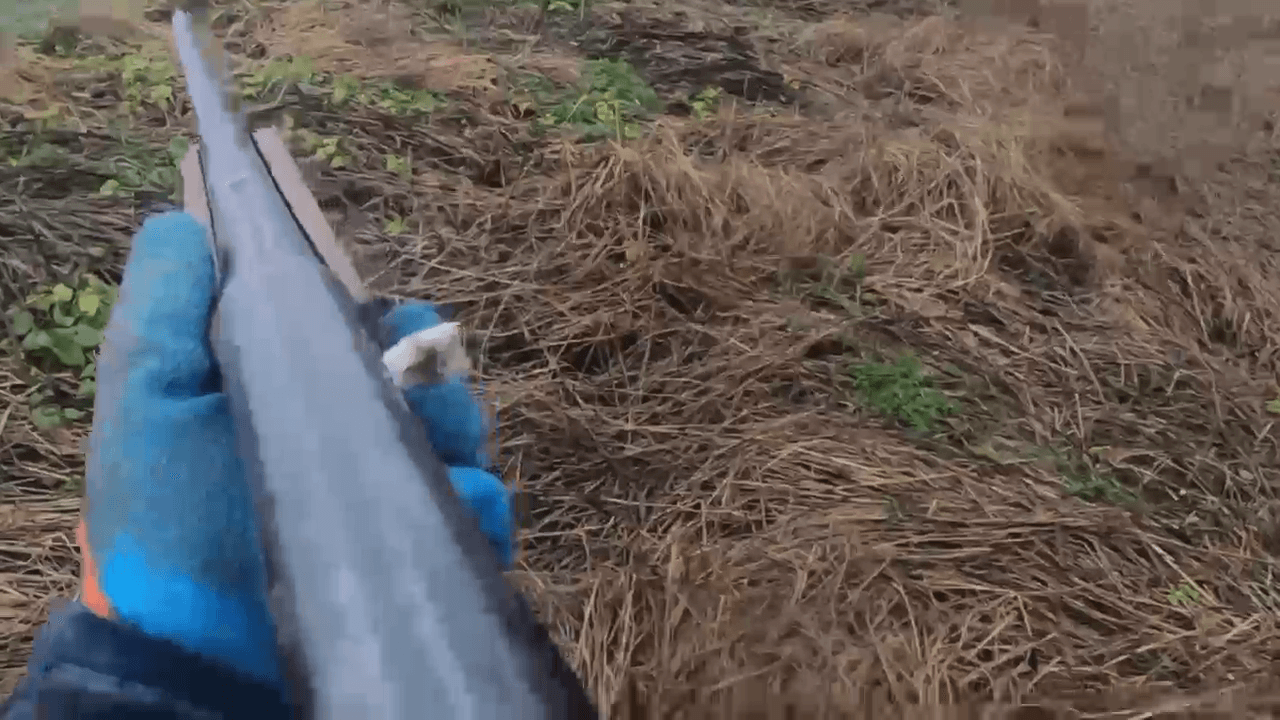
Chasse en GRAND EST: Types de chasse, animaux présents, traditions locales et démographie cynégétique Région frontalière à l’Est de la France, le Grand Est allie montagnes vosgiennes, forêts denses et plaines agricoles, offrant un terrain de chasse varié et riche. Avec ses 57 433 km², ce territoire conjugue traditions séculaires et gestion moderne du gibier. Cet article explore les aspects géographiques, législatifs et culturels de la chasse en Grand Est, ainsi que les particularités qui en font une destination de choix pour les chasseurs. Géographie et Biodiversité: Un Écosystème Diversifié Le Grand Est regroupe trois anciennes régions (Alsace, Lorraine, Champagne-Ardenne), offrant des paysages propices à la chasse: - Massif des Vosges: Refuges pour les cervidés (chevreuils, cerfs élaphe) et le chamois. - Forêts domaniales (ex. Haguenau, 25 000 ha): Habitat du sanglier et du grand tétras. - Plaines de Champagne: Zones de prédilection pour le petit gibier (lièvres, perdrix grises
Post: 13 June 13:06















































